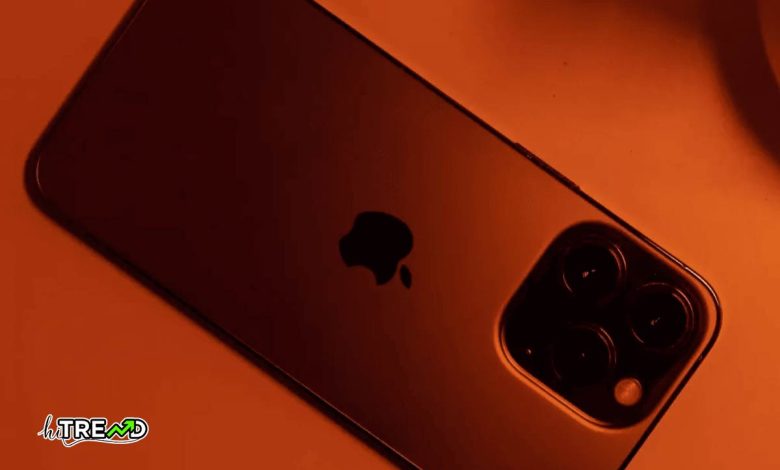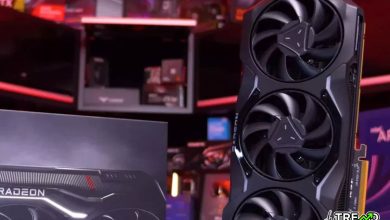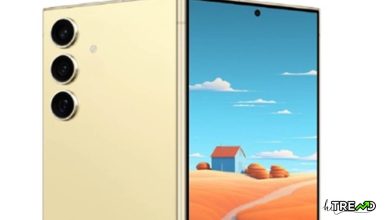The iPhone 15 Pro can run Windows 11 – if you can tolerate the 20-minute boot time

WHAT JUST HAPPENED? If you thought Apple and Microsoft were sworn enemies, never to mingle their software on the same device, think again. A developer has somehow shoehorned Windows 11 onto Apple’s latest iPhone 15 Pro, but the experience is anything but perfect.The iPhone 15 Pro can run Windows 11 – if you can tolerate the 20-minute boot time
You can read more Technology articles
The unlikely union was made possible thanks to a new emulator called UTM SE that recently hit the App Store. Emulation is essentially a way to mimic one hardware architecture on a totally different platform. In this case, UTM SE is emulating a PC environment on Apple’s ARM-based iPhone silicon.
With the emulator in hand, the developer of the compact “Tiny11” version of Windows 11 managed to get the stripped-down OS booting on the iPhone 15 Pro. It’s certainly a technical achievement, but the experience looks pretty rough around the edges.
From the screenshots shared by NTDEV, the emulated Windows 11 instance is running on modest virtual specs like a 1GHz single-core CPU and 2GB of RAM. It’s not exactly a powerhouse configuration for Microsoft’s desktop OS, even in its slimmed-down form. Windows 11 requires at least 4GB of RAM, and even that can prove to be insufficient as soon as you launch multiple tabs on Chrome.The iPhone 15 Pro can run Windows 11 – if you can tolerate the 20-minute boot time
The screenshots show a cramped view of Windows with big bezels around the tiny window. Performance appears to be, well, let’s just say sluggish. NTDEV says it took a whopping 20 minutes just to boot into the emulated Windows environment. The text rendering and UI windows seem to work reasonably well, though.
It’s important to note that emulation and virtualization are distinct technologies. Emulation mimics a completely different hardware architecture, while virtualization just creates virtual environments on the same underlying architecture. In this case, UTM SE is doing some heavy lifting by translating Windows’ x86 instructions to ARM.
That said, this experiment is hardly the first time we’ve seen folks pull off the seemingly impossible on their mobile devices. For years, Android power users have been finding ways to run PC and console games on their phones. And with ever-improving smartphone silicon, those games now run smoother than ever.
Just a few months ago, Google demonstrated ChromeOS on an Android handset, though that appeared to be more of a proof-of-concept than an actual product plan. While Apple has warmed up to allowing retro game emulators on iOS, squeezing an entire desktop OS onto an iPhone still feels like an impressive technical hurdle.The iPhone 15 Pro can run Windows 11 – if you can tolerate the 20-minute boot time
Follow HiTrend on X





